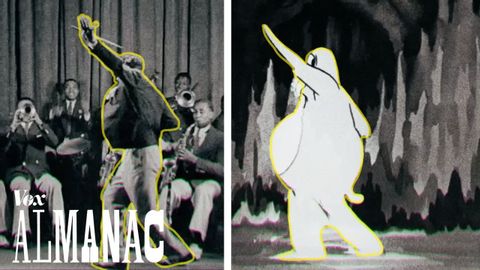アニメをリアルにしたコツ (The trick that made animation realistic)
minami.kuo が 2021 年 01 月 14 日 に投稿  この条件に一致する単語はありません
この条件に一致する単語はありません- adj.(すぐには)分からない : 捉えにくい;微妙な
US /ˈɡɔrdʒəs/
・
UK /'ɡɔ:dʒəs/
US /ˈkærəktɚ/
・
UK /'kærəktə(r)/
- n.(物語 : 映画 : 演劇などの)登場人物;文字;性格 : 性質;変わっている人;評判
- v.t./i.進化させる;展開する;進化する;変遷する
エネルギーを使用
すべての単語を解除
発音・解説・フィルター機能を解除

